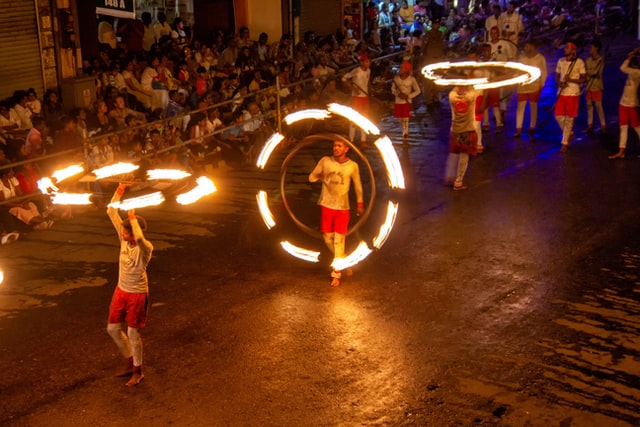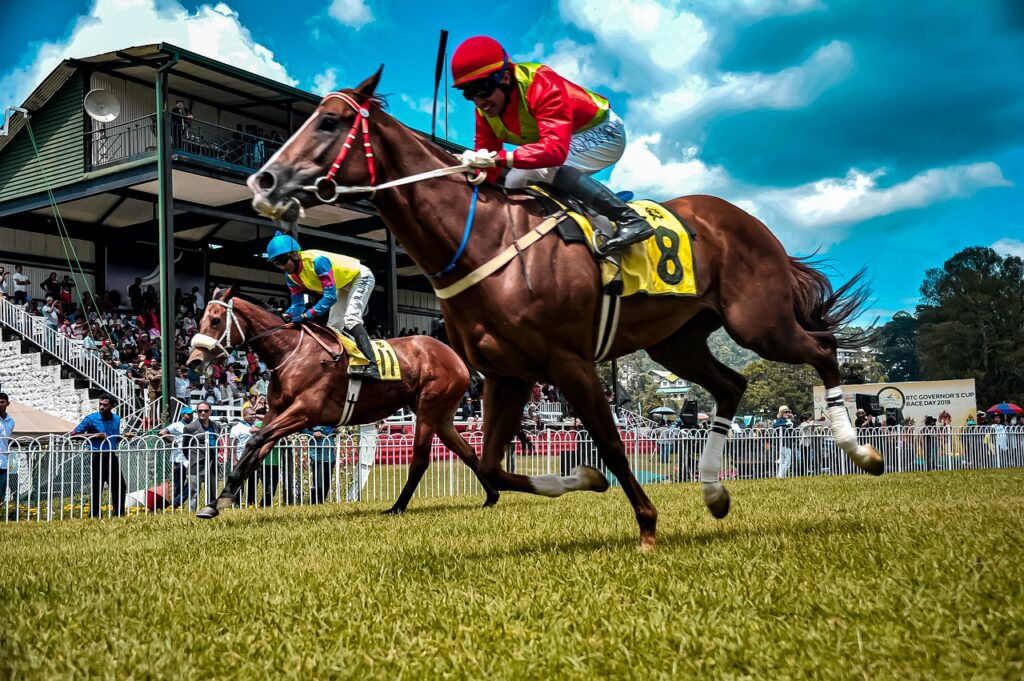Why go Sri Lanka for Travelling
On the off chance that brilliant seashores, rising waves, hazy mountains, strong elephants, secretive panthers, goliath whales, a grand past, exquisite tea, and comforting grins could summarize a country, that would be Sri Lanka.
With many destinations and scenes restrained into a little island, an explorer could be riding the waves in the sunrise and appreciating the green-covered mountains before sun-down.
Travel objections in Sri Lanka give a variety of occasion insight from sun-kissed ocean side occasions to a long-distance race of untamed life watching, adrenaline siphoning experience sports, and excursion to irrefutably the most settled metropolitan networks on earth.
The grins and neighborliness of Sri Lanka are world-renowned as are its fiery food, colorful organic products, and a variety of sweetmeats tracked down no place on the planet.
With such countless societies living close to one another life in Sri Lanka proceeds among a progression of celebrations consistently, an optimal formula for no particular reason and relaxation. And don’t forget to check our Sri Lanka honeymoon tour for further information.
Source- Unsplash
Why go Sri Lanka for Travelling:
- Tropical Climate
- Cultural Festival
- Festivals
- Sports
- Adam’s Peak
- Independence Memorial Hall
- Colonial History
Tropical Climate
Sri Lanka encounters two rainstorm seasons, which influence various pieces of the country during various months. This implies that, at some random time, travelers can expect a bright environment someplace on the island.
The southwest rainstorm is during May and July, which leaves the north downpour free, and the upper east storm is during October and January, which passes on the south to be investigated.
Source- Unsplash
Cultural Triangle
The Cultural Triangle is a store of antiquated urban areas, relics, and strict landmarks displaying early Sri Lankan civilization. The triangle comprises the space between three urban areas – Kandy, Anuradhapura, and Polonnaruwa.
Guests can track down Sigiriya, an antiquated stone stronghold, the cavern sanctuaries of Dambulla and Mihintale, which is the origin of Buddhism in Sri Lanka.
There are likewise lesser-referred to however socially significant attractions like Yapahuwa, an archaic stronghold that was momentarily the capital of Sri Lanka in the thirteenth century.
Festivals
Various bright celebrations, giving new life to old customs and profound acts of the islanders, are not to be missed. A component for all resources is Aluth Avurudda – the Hindu and Buddhist New Year’s festival in April.
For two days life happens in the city – with music, firecrackers, and delectable food.
The Vesak celebration in May is the main celebration of the Buddhists, which denotes the primary month of the Buddhist calendar year.
Streets and houses are adorned with elaborate lamps and all of Sri Lanka resembles a solitary ocean of lights.
At the Kandy Festival, travelers can submerge themselves into the archaic past of Sri Lanka: old ensembles, dynamic moves, music, and enriched elephants release the excellence of the rich custom of the island.

image source: unsplash
Sports
With more than 1,600 km of coast, Sri Lanka is an ideal area for windsurfing, water-skiing, surfing, cruising, scuba-jumping, swimming, and more.
Sri Lanka has more than 100 hundred streams, along with tidal ponds and ‘tanks’, so there are abundant freedoms for all year kayaking and paddling.
The Kelani Ganga close to Kitulgala has quick headwaters and rapids ideal for wilderness boating. Fluctuated scenes, natural life, and archeological destinations offer phenomenal freedoms for climbing and traveling.
Nature trails fuse the Sinharaja rainforest, the cloud forests of Horton Plains, the Knuckles (mountain reach), and the Hakgala Strict Nature Reserve.

Adam’s Peak
Adam’s Peak is the most sacrosanct mountain in the country.
Saturated with legend and strict speculations, Adam’s Peak (or Sri Pada) has travelers from everywhere the world move to its top by candlelight to remain in the well-known impression left there.
Buddist’s accept that it is the impression of Buddha when he visited Sri Lanka.
Tamil Hindus trust it’s the impression of Lord Shiva.
Christians and Muslims in Sri Lanka accept that this was the impression of Adam as he was banished from Eden (some accepting that Sri Lanka was Eden itself).
Source- Unsplash
Independence Memorial Hall
Most voyagers to Sri Lanka will go through no less than one day in the capital of Colombo, especially as it’s close to the super global air terminal.
It’s a clamoring, chaotic city with tuk-tuks sounding past, road merchants selling flavors, and a lot of beneficial attractions.
One of these is the Independence Memorial Hall, an outdoors landmark that worked to celebrate Sri Lanka’s autonomy from the British principle on February 4, 1948.
A sculpture of the nation’s first state head sits toward the front, while the corridor is loaded up with 60 columns that have well-known Embekke wood carvings from the fourteenth century Gampola realm.
These days, joggers, couples, and gatherings of companions fundamentally utilize the region for sporting purposes to get away from the turmoil of the city.
Colonial History
Named Little England, Nuwara Eliya is a drowsy town in the tea country slopes of focal Sri Lanka.
You can drop by the monstrous Gregory Lake for water exercises and a lakeside grill, or visit Horton Plains, an excellent meadow with rolling fields, cascades, and the emotional slope known as World’s End.
